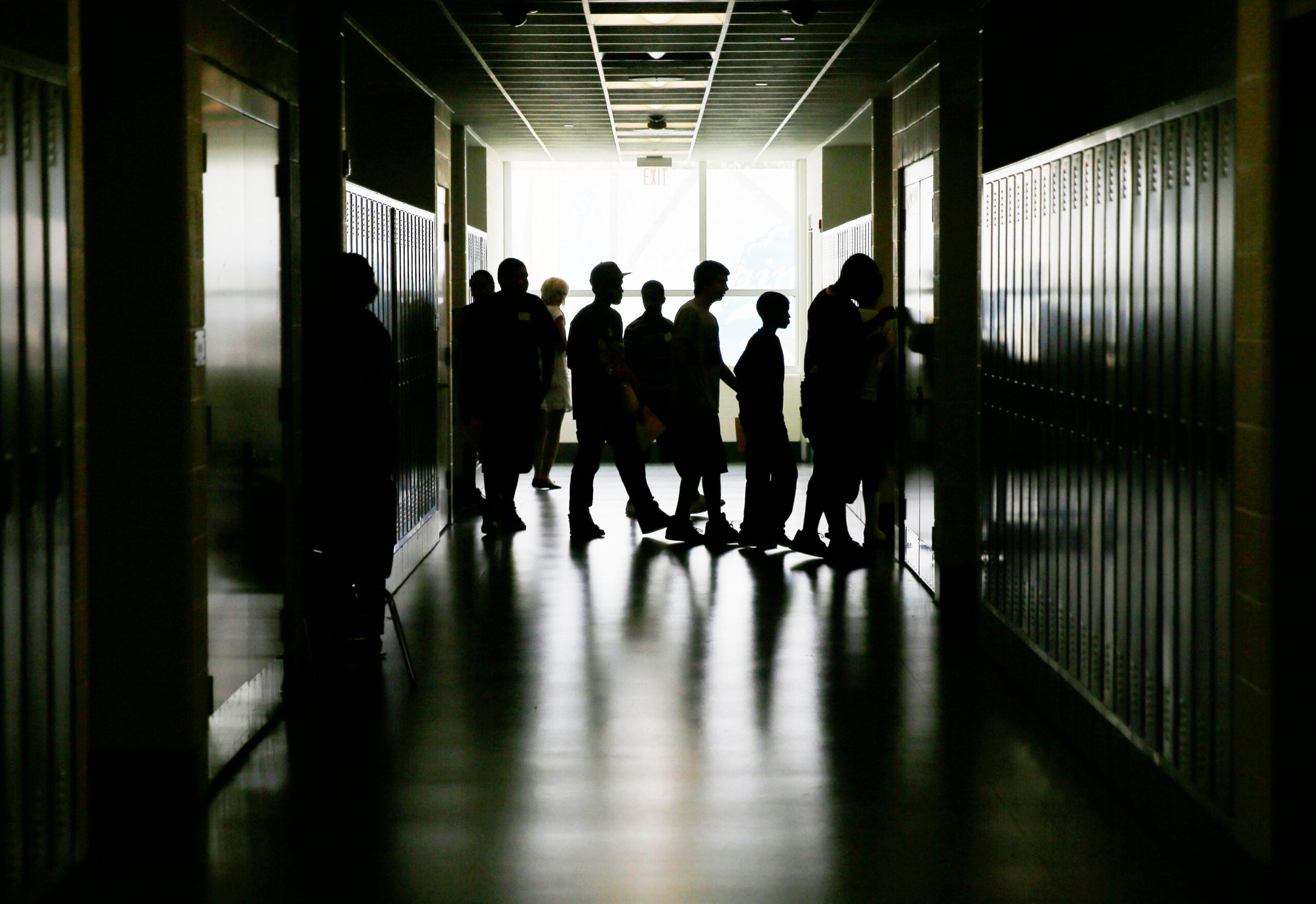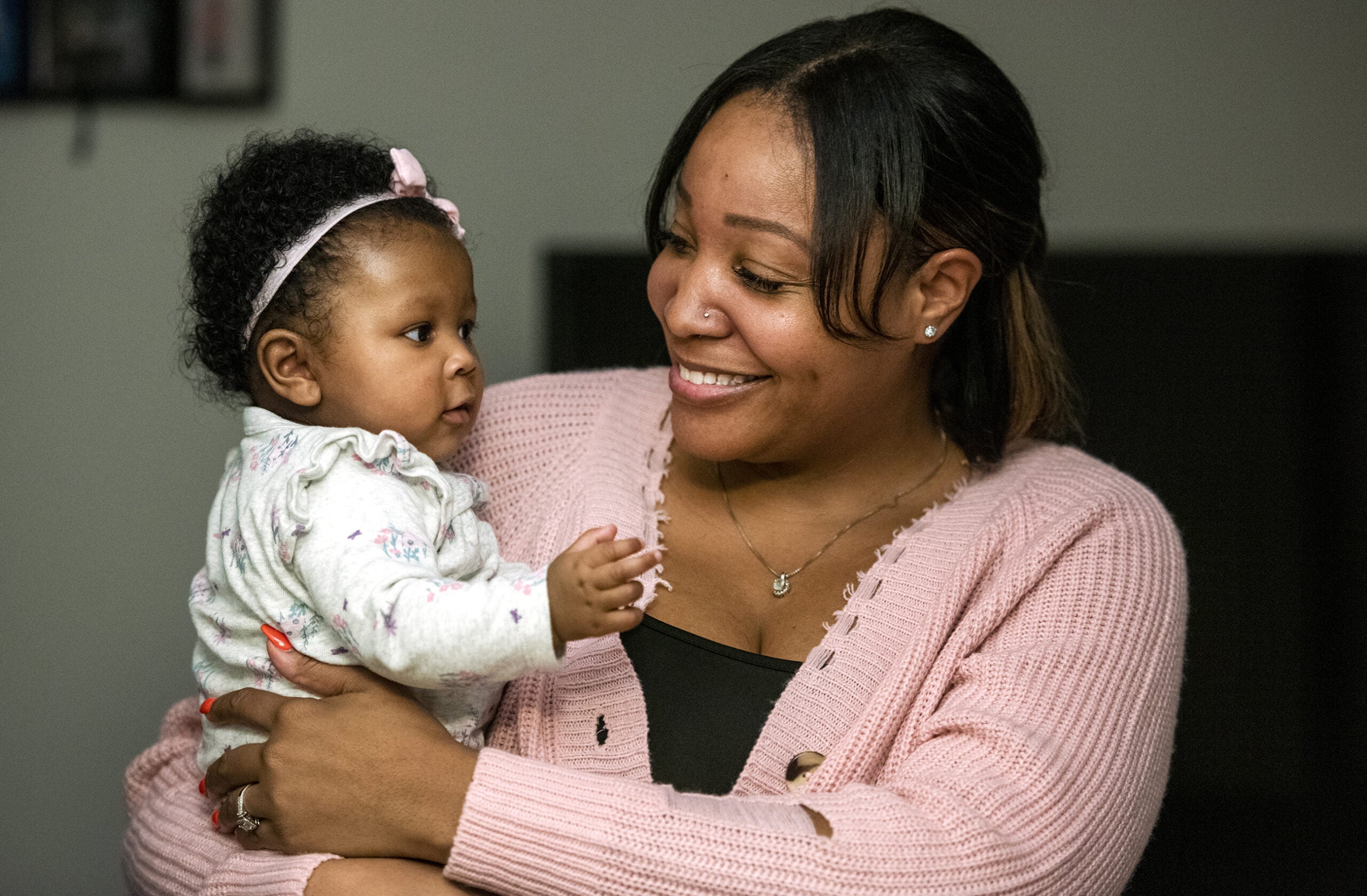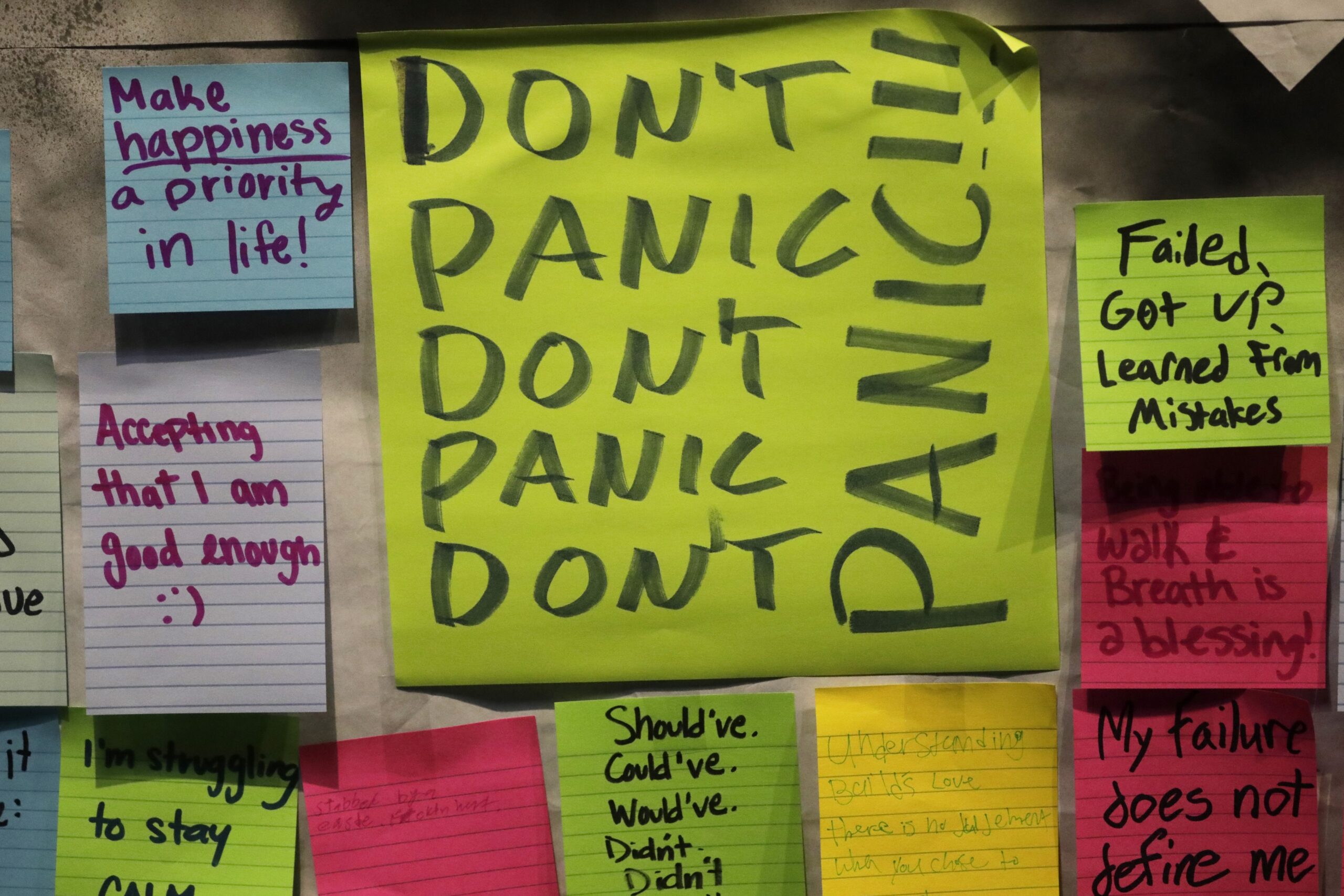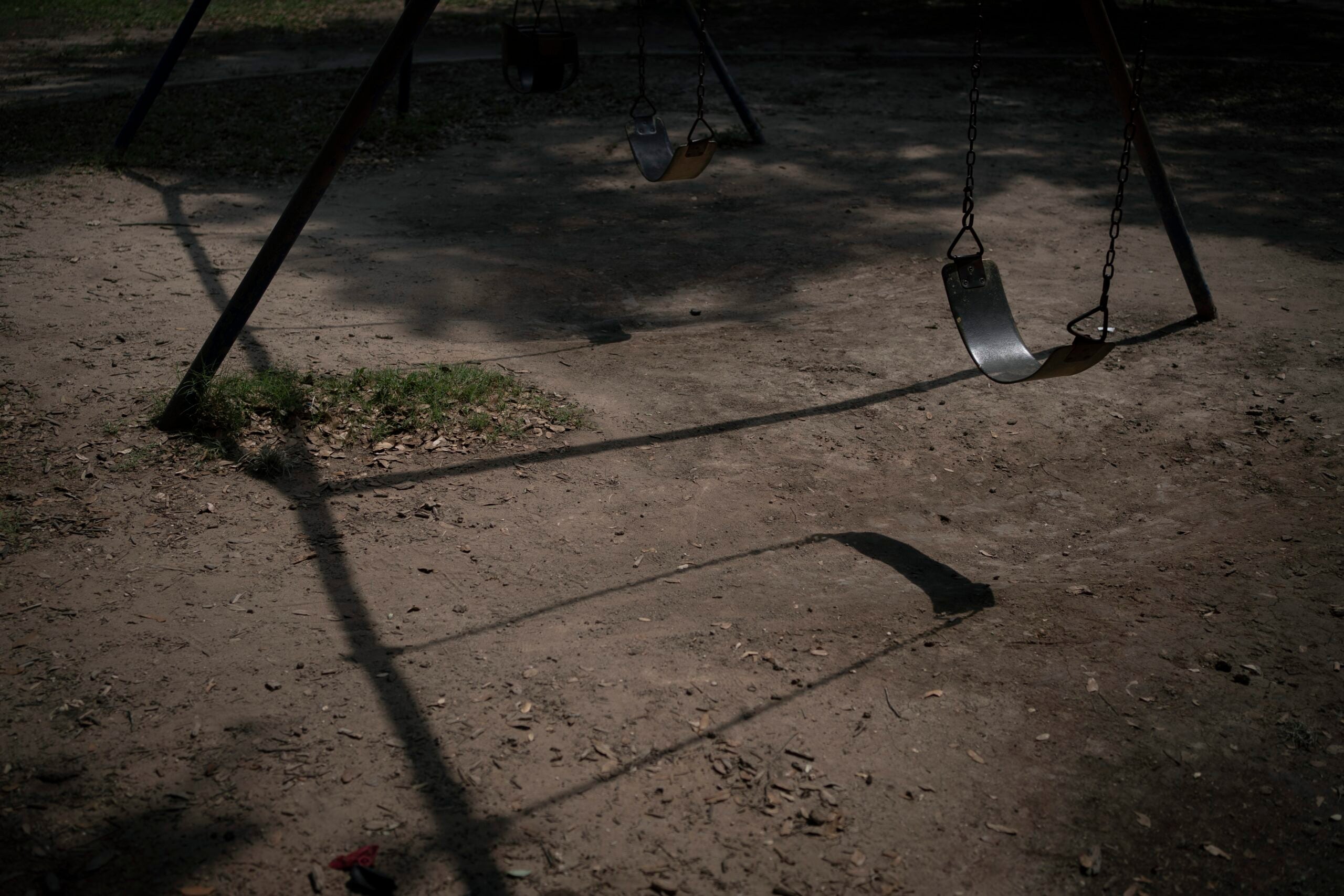A new report from state health officials shows suicide rates among young people in Wisconsin have doubled from 2007 to 2015 — consistently beating the national average — and are on the rise. Also increasing among youth are legally mandated emergency psychiatric hospitalizations when someone is a threat to themselves or others.
The state Office of Children’s Mental Health collected data from several studies and organizations for the report. According to agency Director Elizabeth Hudson, there are several variables that could be driving distress in the state’s young population but some stand out.
Almost half of Wisconsin’s estimated 1.3 million children qualify for Medicaid because their family is living under the federal poverty level.
Stay informed on the latest news
Sign up for WPR’s email newsletter.
“We saw the Great Recession, 2008, had an impact on communities, families and young people,” Hudson explained. “So I think that the stressors related to not having access to resources is also underlying anxiety and depressing.”
Methamphetamines and opioids could also be taking a toll on young people’s mental health as an increasing number of them are going into state care due to a guardian’s drug usage.
In 2009, drug use by a caretaker accounted for 10 percent of the cases where a child had to go into out-of-home care. By 2016, the number of cases had jumped to 25 percent. In October 2017, that translated to more than 7,000 children in the state, although officials believe the number to be higher.
But as young people find themselves in need of more mental health services, they are faced with an overburdened system struggling to keep up despite state efforts to channel funds into services, Hudson said.
The 2017-19 state budget allotted millions to expand school mental health services, which includes counselors, psychologists, nurses and social workers.
Joanne Juhnke, policy director of Wisconsin Family Ties, a Madison-based nonprofit that serves young people with mental health needs, lauded the infusion of money into schools as a good first step but said more is needed.
“Our staffing ratios are far, far below the national recommended level for support staff workers such as social workers,” Juhnke said. “But also counselors and school nurses, all of whom deal with children’s mental health at some level.”
The report by the state Office of Children’s Mental Health found school social workers in Wisconsin can take up to six times the recommended amount of cases.
Juhnke said she would like to see more money invested in mental care providers but Hudson finds that model impractical.
“I don’t think we’ll ever have enough providers,” Hudson explained, citing a national shortage.
Hudson said she hopes the report will help highlight possible root causes of young people’s distress. She said she believes greater community involvement could create a support system that alleviates the needs of many of these young people.
In the meantime, the report put together by Hudson’s office shows some signs of progress with more young people in need of mental health services receiving them.
Between 2013 and 2015, the number of children receiving mental health services in school through Medicaid tripled.
By 2015, the number of children getting general access to mental health services had increased by 30 percent compared to 2012.
Editor’s Note: This story has been updated to correct the spelling of Joanne Juhnke’s name.
Wisconsin Public Radio, © Copyright 2024, Board of Regents of the University of Wisconsin System and Wisconsin Educational Communications Board.






